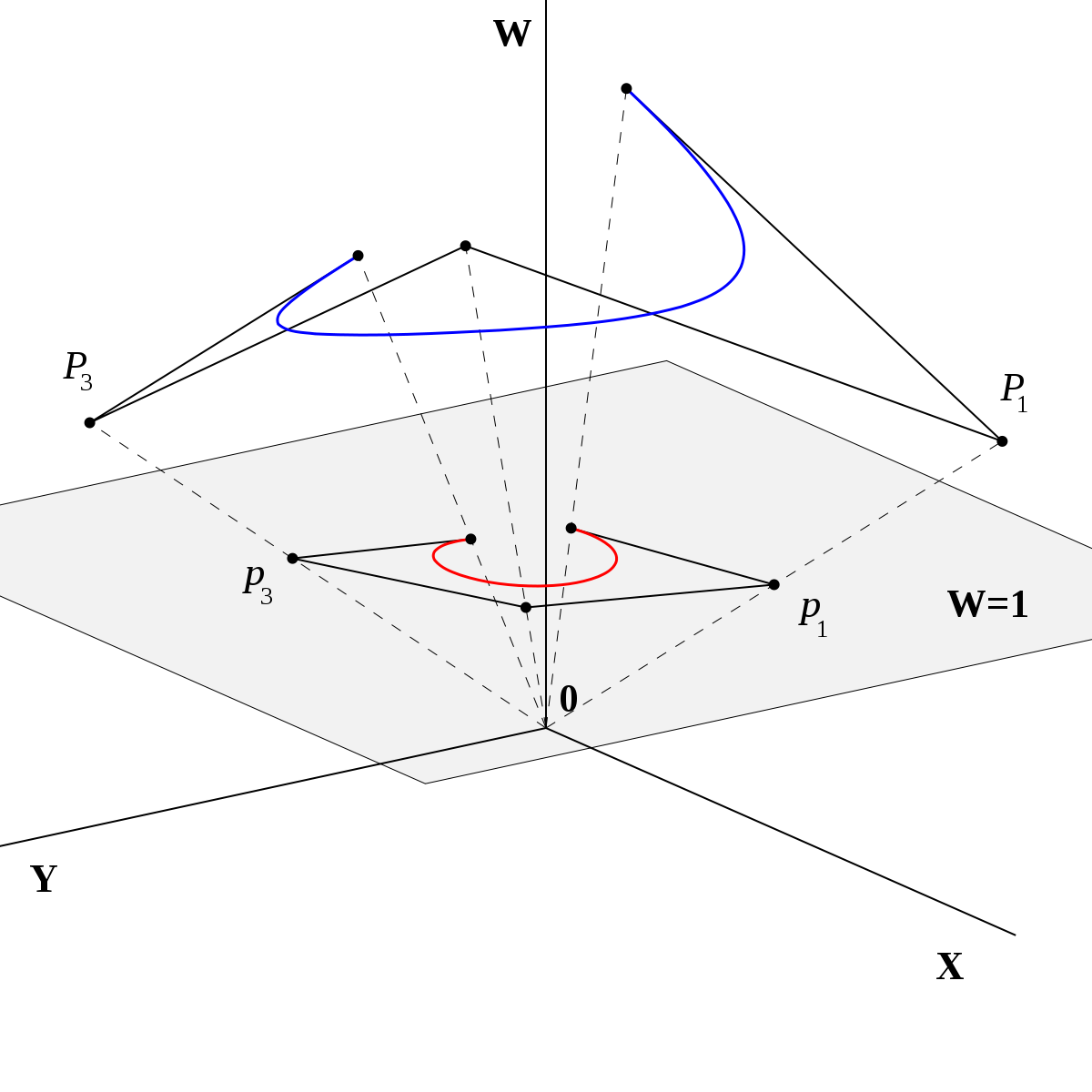# Wikipedia Authors - Homogeneous coordinates (Highlights)

## Metadata
**Review**:: [readwise.io](https://readwise.io/bookreview/39029915)
**Source**:: #from/readwise #from/reader
**Zettel**:: #zettel/fleeting
**Status**:: #x
**Authors**:: [[Wikipedia Authors]]
**Full Title**:: Homogeneous coordinates
**Category**:: #articles #readwise/articles
**Category Icon**:: 📰
**URL**:: [en.wikipedia.org](https://en.wikipedia.org/wiki/Homogeneous_coordinates)
**Host**:: [[en.wikipedia.org]]
**Highlighted**:: [[2024-03-25]]
**Created**:: [[2024-03-27]]
## Highlights
- If homogeneous coordinates of a point are multiplied by a non-zero [scalar](https://en.wikipedia.org/wiki/Scalar_(mathematics)) then the resulting coordinates represent the same point. ([View Highlight](https://read.readwise.io/read/01hsvz4tmejzqzb5fxm0ptqxkm)) ^698040368
- The [real projective plane](https://en.wikipedia.org/wiki/Projective_plane#Extended_Euclidean_plane) can be thought of as the [Euclidean plane](https://en.wikipedia.org/wiki/Euclidean_geometry) with additional points added, which are called [points at infinity](https://en.wikipedia.org/wiki/Point_at_infinity), and are considered to lie on a new line, the [line at infinity](https://en.wikipedia.org/wiki/Line_at_infinity). There is a point at infinity corresponding to each direction (numerically given by the slope of a line), informally defined as the limit of a point that moves in that direction away from the origin. ([View Highlight](https://read.readwise.io/read/01hsvz7cec8bjzsgtj4yz9qrwz)) ^698042148
- Parallel lines in the Euclidean plane are said to intersect at a point at infinity corresponding to their common direction. ([View Highlight](https://read.readwise.io/read/01hsvz7x1095awzhsyq1v2z2nz)) ^698042617